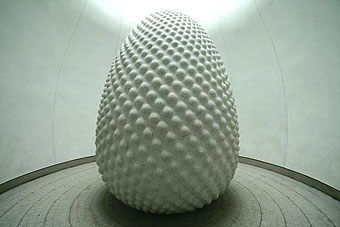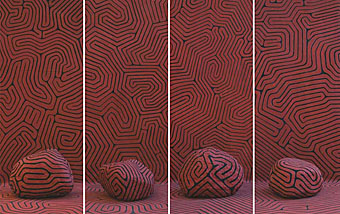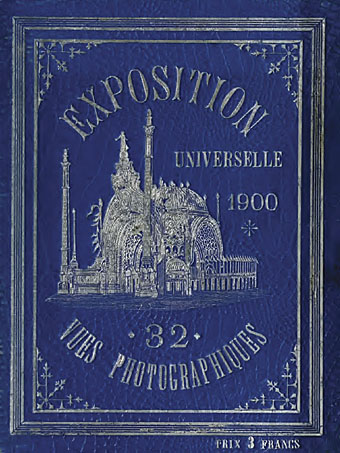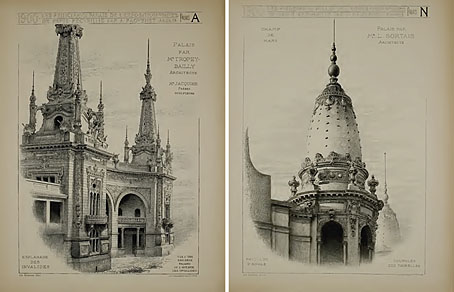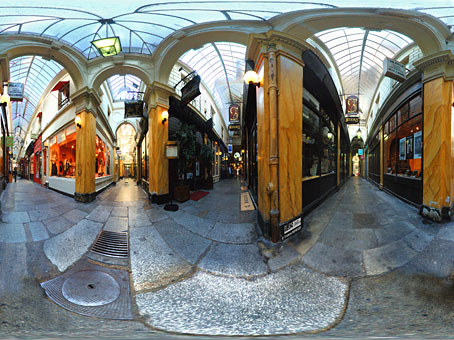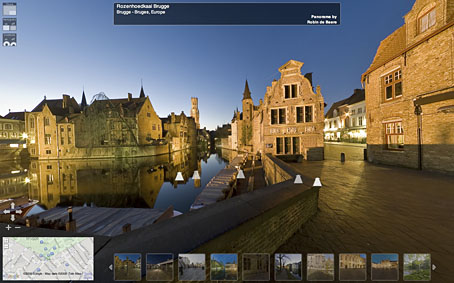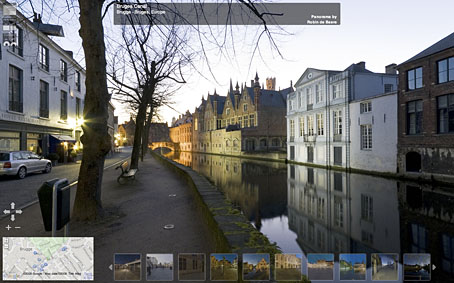You can always rely on expositions and world’s fairs for architectural extravagance. This monster globe was an unrealised proposition for the 1893 World’s Columbian Exposition in Chicago and would have required potential visitors to be conveyed “by lift to the Equator, and thence by spiral railway to the North Pole.” What Columbus’s ship is doing perched at the top of the world is anyone’s guess. I’ve not been able to discover who was responsible for this; Erik Larson’s book about the fair (and the career of serial killer HH Holmes), The Devil in the White City, doesn’t mention the monument in its index.
Previously on { feuilleton }
• Exposition Universelle publications
• Exposition cornucopia
• Return to the Exposition Universelle
• The Palais Lumineux
• Louis Bonnier’s exposition dreams
• Exposition Universelle, 1900
• The Palais du Trocadéro
• The Evanescent City


